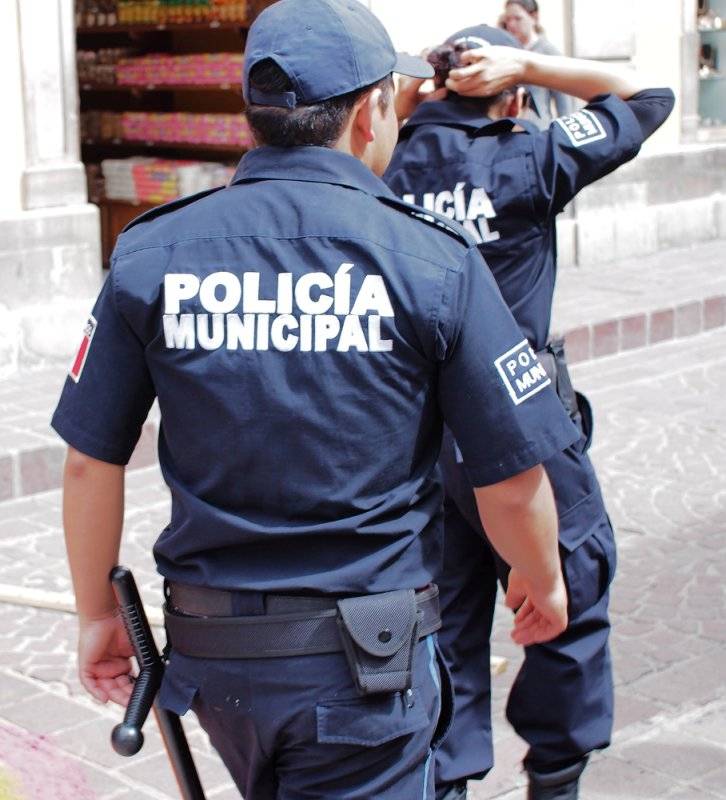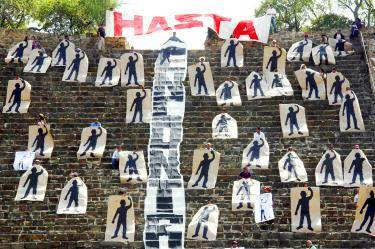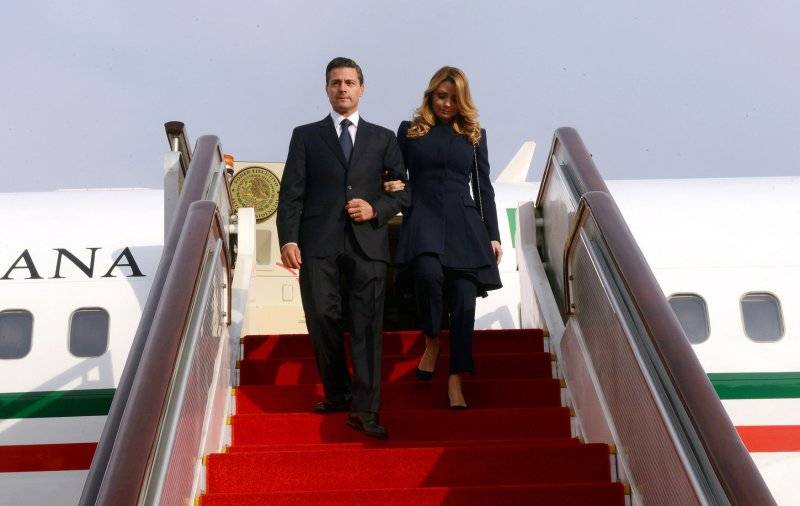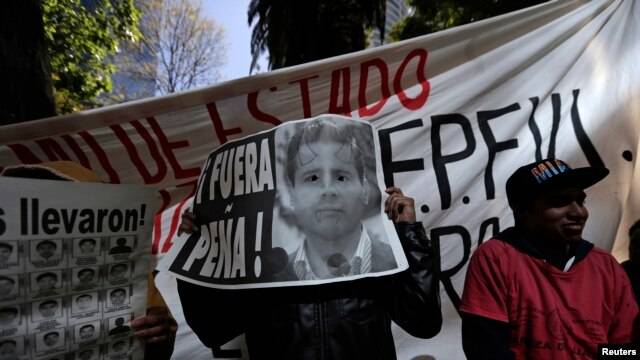ChrisL
Diamond Member
I'd send in the Marines to take over Mexico City, take over the government and give the cartels a choice: pay taxes, act civilized or get droned. Then we enter into safe and sane immigration policy with the USA where anyone wanting to immigrate does so legally, with ID, registration and vaccinations.
Then we'll have another country full of terrorists that hate us, and they're our neighbors.










